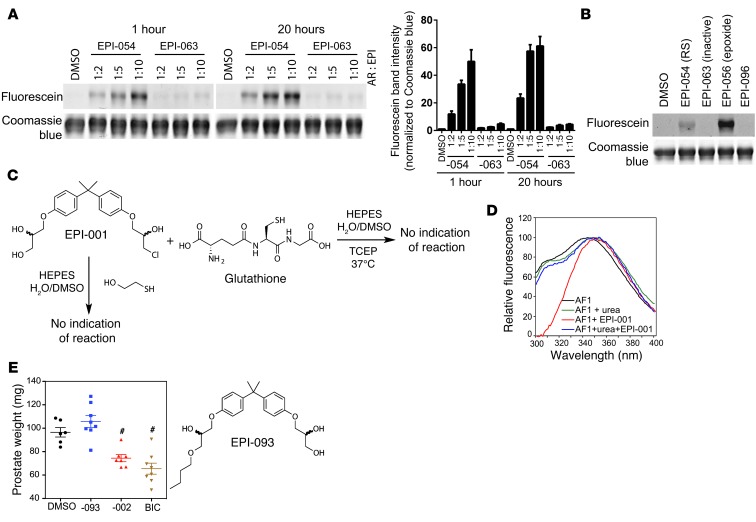Figure 4. Chemical mechanism of EPI binding to AF1.
(A) AF1 protein was incubated with EPI-054, EPI-063 (inactive), or DMSO (vehicle) at the indicated molar ratios on ice for 1 hour or 20 hours, prior to Click-chemistry for fluorescein labeling, SDS-PAGE, and detection of fluorescein-labeled probe covalently bound to AF1. Quantification of fluorescein band intensity, normalized to Coomassie blue bands, is also shown. The value from each EPI condition was normalized to the value of DMSO for each individual experiment (n = 4 separate experiments). (B) AF1 protein was incubated with DMSO, EPI-054, EPI-063, EPI-056, or EPI-096 (AF1/EPI 1:3 molar ratio) at 25°C for 18 hours, prior to Click-chemistry for fluorescein labeling, SDS-PAGE, and detection of fluorescein-labeled probe covalently bound to AF1. (C) EPI analogs do not alkylate glutathione or mercaptoethanol. A mixture of glutathione (127 μM) and EPI-001 (25 μM), or a mixture of EPI-001 (55 μM) and 2-mercaptoethanol (155 μM), was monitored by proton and carbon NMR over a period of 7 days. There was no evidence for reaction of EPI-001 with either glutathione or mercaptoethanol. (D) Steady-state spectra of 1 μM recombinant wild-type AF1 protein in buffer, buffer plus 2.9 μM EPI-001, buffer plus 6 M urea, or buffer plus 6 M urea and 2.9 μM EPI-001. (E) Prostate weights from mice treated with DMSO (i.v.), EPI-093 or EPI-002 (50 mg/kg body weight; i.v.), or bicalutamide (10 mg/kg body weight; gavage daily) for 14 days. Data are mean ± SEM. There was no significant difference between EPI and bicalutamide. #P < 0.001.

